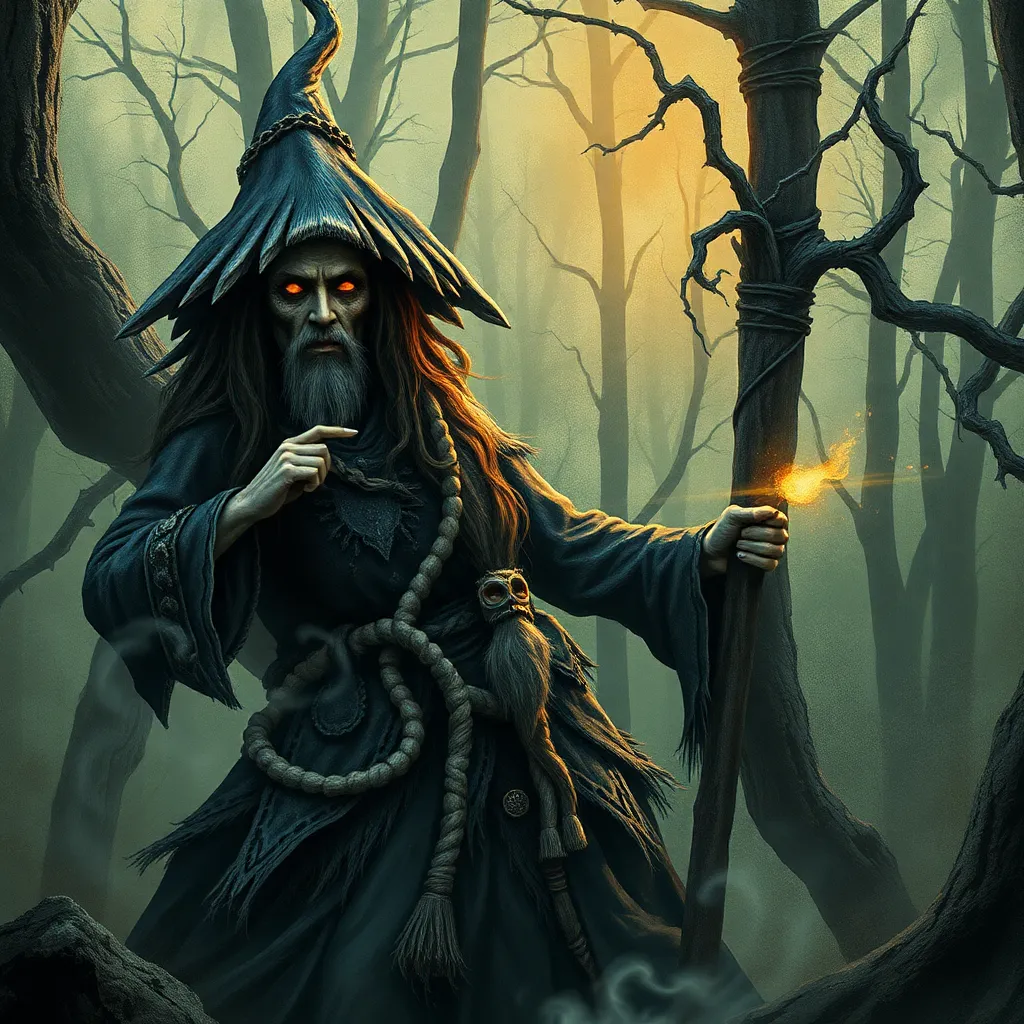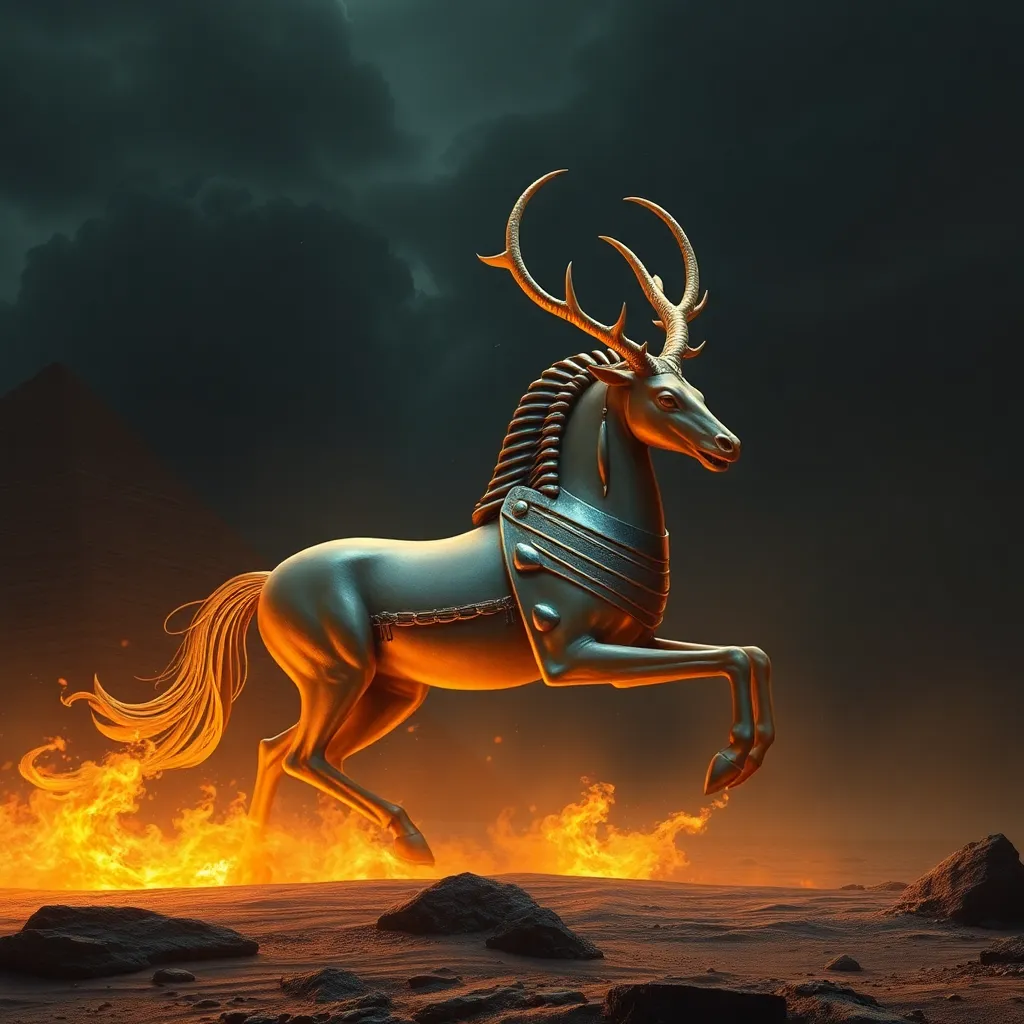Baba Yaga: Guardian, Witch, or Both? Exploring Her Ambiguous Role
I. Introduction
Baba Yaga is one of the most intriguing figures in Slavic folklore, often portrayed as a witch with a formidable reputation. Her character embodies a duality that is central to many cultural narratives, oscillating between the roles of a malevolent witch and a wise guardian. This article aims to explore these contrasting aspects of Baba Yaga’s identity, examining how her complex nature contributes to her significance in folklore and modern interpretations.
II. Historical Context of Baba Yaga
The origins of Baba Yaga can be traced back to ancient Slavic mythology, where she is depicted as a fearsome old woman living in a hut that stands on chicken legs. Over time, her character has evolved, appearing in various tales that highlight her multifaceted nature.
Baba Yaga’s presence in folklore is significant not only for her supernatural abilities but also for the moral and ethical lessons often embedded in her stories. She serves as a reminder of the complexities of human nature, reflecting both the fears and the reverence that people have towards the unknown.
III. Baba Yaga as a Witch
Traditionally, Baba Yaga is depicted in fairy tales as a witch who is both feared and respected. Tales often describe her as living in isolation, surrounded by dark magic and mysterious potions. Common attributes associated with witches in folklore, such as flying on a broomstick and casting spells, are frequently attributed to Baba Yaga.
- Magical Powers: Baba Yaga is often portrayed as possessing a wide array of magical abilities, including shape-shifting, summoning the dead, and controlling the elements.
- Her Hut: Her dwelling, a hut that moves on chicken legs, symbolizes her connection to the supernatural and her ability to navigate between different realms.
- Ambiguous Morality: While she is often seen as an antagonist, her actions can also lead to positive outcomes, adding depth to her character.
IV. Baba Yaga as a Guardian
Despite her fearsome reputation, there are instances in various tales where Baba Yaga acts as a protector or guide. These narratives often involve characters who seek her help, facing tests and challenges that serve as rites of passage.
- Protector Role: In some stories, Baba Yaga provides crucial assistance to heroes, offering them guidance or magical items necessary for their quests.
- Tests and Challenges: Characters who encounter Baba Yaga often undergo trials that test their character and resolve, ultimately leading to personal growth.
- Moral Lessons: Through her interactions, Baba Yaga imparts wisdom about resilience, bravery, and the importance of understanding the nuances of life.
V. The Ambiguity of Baba Yaga’s Role
The contrasting interpretations of Baba Yaga’s character contribute to her enduring appeal. On one hand, she is a figure of fear, representing the dangers of the unknown; on the other, she embodies wisdom and guidance.
This duality creates a balance between fear and respect in her stories, allowing audiences to engage with her character on multiple levels. Cultural perspectives also play a significant role in shaping how Baba Yaga is perceived, reflecting broader themes of femininity, power, and nature.
VI. Baba Yaga in Modern Media
In contemporary literature, film, and art, Baba Yaga continues to be a captivating figure. Her character has been reinterpreted in various ways, reflecting changing societal attitudes towards female power and witchcraft.
- Literature: Authors often explore her character through a feminist lens, presenting her as a symbol of female strength and independence.
- Film: Movies have depicted her both as a villain and a misunderstood character, emphasizing her complexity.
- Art: Artists draw on her rich symbolism to comment on themes of nature, magic, and the duality of human experience.
The enduring fascination with Baba Yaga can be attributed to her ability to embody the complexities of the human experience, making her a relevant figure in modern storytelling.
VII. Comparative Analysis with Other Folklore Figures
Baba Yaga shares similarities with various witch archetypes found in folklore around the world. However, her uniqueness lies in her dual role as both a witch and a guardian, setting her apart from other figures.
- Similarities: Like other witches, she possesses magical powers and operates outside societal norms.
- Differences: Unlike many witch archetypes that are purely malevolent, Baba Yaga’s character is more nuanced, often serving as a source of wisdom.
- Female Figures in Folklore: The role of female figures in folklore often reflects societal attitudes towards women, power, and morality, providing insights into cultural values and fears.
VIII. Conclusion
Baba Yaga’s complex identities as both a witch and a guardian illustrate the richness of her character in Slavic folklore. Her stories invite audiences to reflect on the dualities of fear and respect, danger and guidance, thereby enriching our understanding of folklore and its significance in modern storytelling.
Embracing the ambiguity of Baba Yaga’s role allows for a deeper appreciation of her character and the broader themes she represents, encouraging us to explore the multifaceted nature of identity in folklore.
https://www.youtube.com/watch?v=3IQOeOS-z9M



